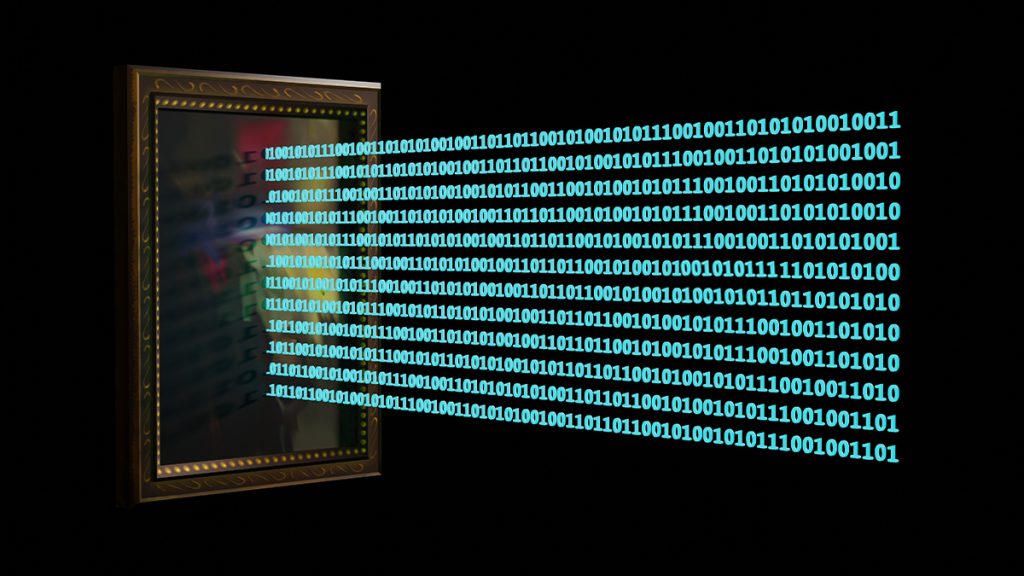
How Your Brand Should Use NFTs
How Your Brand Should Use NFTs
Non-fungible tokens (NFTs) are going mainstream in 2022.
You can now show off your favorite NFTs as your Twitter or Reddit profile picture, with Facebook and Instagram soon to follow.
Driven in part by a FOMO reminiscent of the 1990s dotcom anxiety of bricks-and-mortar companies, mass-market players and luxury brands alike are launching NFT collections at a dizzying pace.
Granted, a vast majority of mainstream consumers still struggle to make sense of the 2021 NFT world of Bored Apes and CryptoPunks.
And the usability of the underlying blockchain technology is still a long way from being consumer friendly.
But don’t make the mistake of thinking that NFTs are a passing fad.
While the current hype cycle might be fueled by crypto-millions and Discord-obsessed Gen-Z users, NFTs could be the killer app of Web3 and its gateway into traditional commerce.
Early days: From collectibles to digital product-line extensions.
Right now, NFTs seem inextricably intertwined with digital collectibles, and many brands’ first step into the NFT waters has thus been to launch their own collections.
These early efforts range from exclusive releases of Campbell’s soup can art and Coca-Cola digital apparel to generative art of burgers from White Castle.
But a first step isn’t a strategy.
Successful brands didn’t call it a day after buying a domain name and posting a website in the dotcom era and, smart brands today need to be.
Similarly, The answer will present itself more readily for some brands than others,
just as it did when 1990s “brick and mortar” companies sought meaningful ways to use the internet.
Back then, retailers with a catalog business like Office Depot were able to start using
the internet as a channel more quickly than other companies because
they already had the infrastructure for taking orders and making deliveries.
The ecommerce journey of bookstores like Barnes & Noble was simpler than those of apparel, furniture or grocery retailers because they sold books — easy to describe, of a convenient form factor, non-perishable, and presenting no issues of user “fit.”
There’s a similar dynamic at play in the NFT world today.
For Instance, Companies in the media business can naturally use NFTs to create a new class of media assets.
NBA’s TopShot is currently the most compelling legacy example of this kind of product line expansion.
(Media giants CNN and the Associated Press are betting, perhaps optimistically, that consumers will be as excited about buying news clips and iconic photos as they are about owning a LeBron James dunk.) Analogously, apparel companies can envisage digital versions of their physical clothing and accessories.
Ralph Lauren has already been selling branded digital apparel in virtual worlds like Zepeto. Dolce & Gabana recently auctioned millions of dollars’ worth of NFT-based digital couture.
Each of these projects ports a current product line into the metaverse, expanding how consumers engage.
The transition is especially seamless for sneaker companies already steeped in the NFT lingo of drops and flipping. Nike has gone as far as acquiring RTFKT, a startup specializing in NFT-based digital sneakers, while Adidas has created a line of virtual gear for the characters of NFT leader Bored Ape Yacht Club.
Start with smart digital collectibles.
In Addition, It’s a safe bet that the immediate NFT mindset will remain centered around digital collectibles. During this phase, it’s important to engineer the right tradeoffs between availability and exclusivity when creating an NFT collection.
For instance, the rarity of the Campbell’s and Coca-Cola NFTs may make sustaining consumer interest a challenge.
On the other hand, making your NFT collection too abundant can lead to a perception of insufficient value.
The desire for collectibles is mimetic — value stems from enough people wanting what others want. Striking the right balance is critical.
Exclusivity is just one lever that shapes consumer interest.
Brands can also leverage the programmability of NFTs to make them more collaborative and engaging.
Gap has gamified its NFTs collection by allowing multiple common NFTs to be combined into fewer limited ones.
Integrating community features into an NFT collection can further enhance engagement.
Social value is partly why the Bored Ape Yacht Club is sustaining greater interest levels than its CryptoPunks predecessor.
Tie your NFT collection to your brand and core product.
Most brands don’t aspire, long term, to remain in the business of creating and selling digital art.
Connecting your NFT collection to your brand identity is essential, like Nivea has done with their non-fungible touch collection.
Budweiser’s sponsoring of 22 rising musicians via their Royalty NFTs creatively uses the capabilities of NFT technology for micro-sponsorship, allowing the brand to rise above the more prosaic philanthropy of “donating the proceeds of my NFT drop” that numerous others have already tried.
When Coach launched an NFT collection featuring art of animals from its holiday promotions, it also promised a custom Coach bag to each NFT holder.
Connect NFT issuance to participation in brand-associated experiences (events you sponsor, for example).
Mint NFTs that document attendance of exclusive branded experiences like product launch events or fashion shows.
Enhance an existing loyalty program with an NFT collection, like Clinique has done.


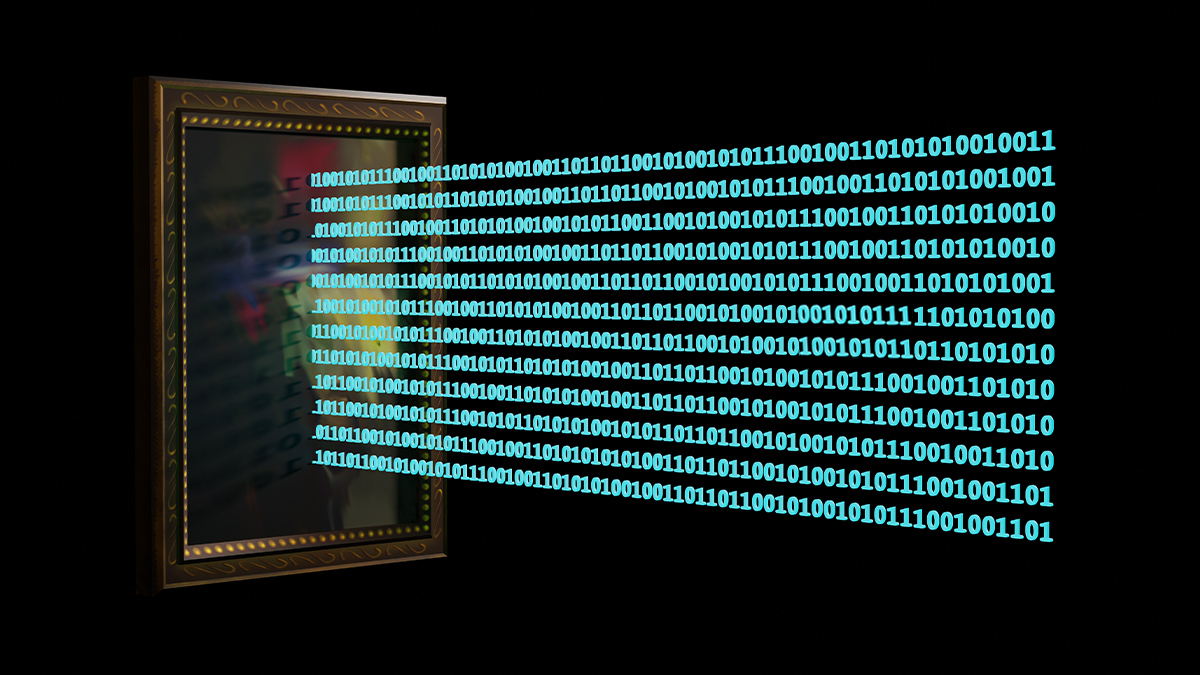
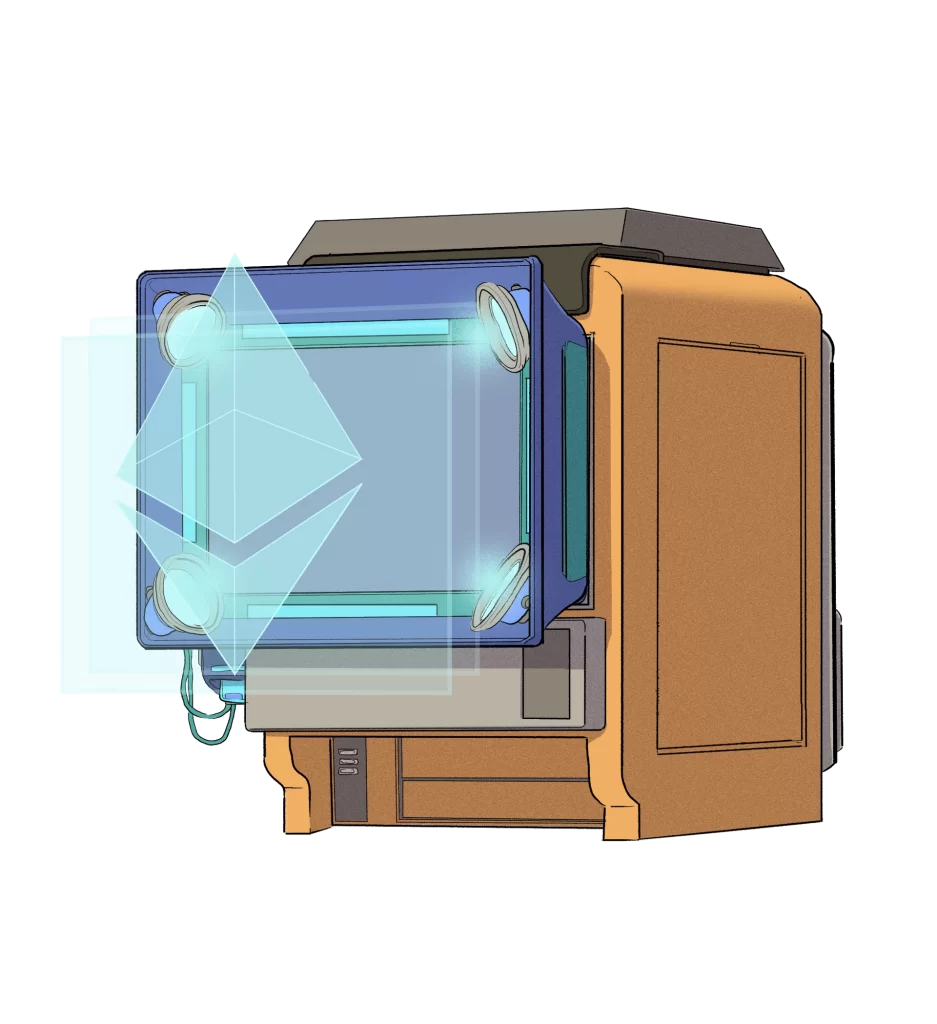
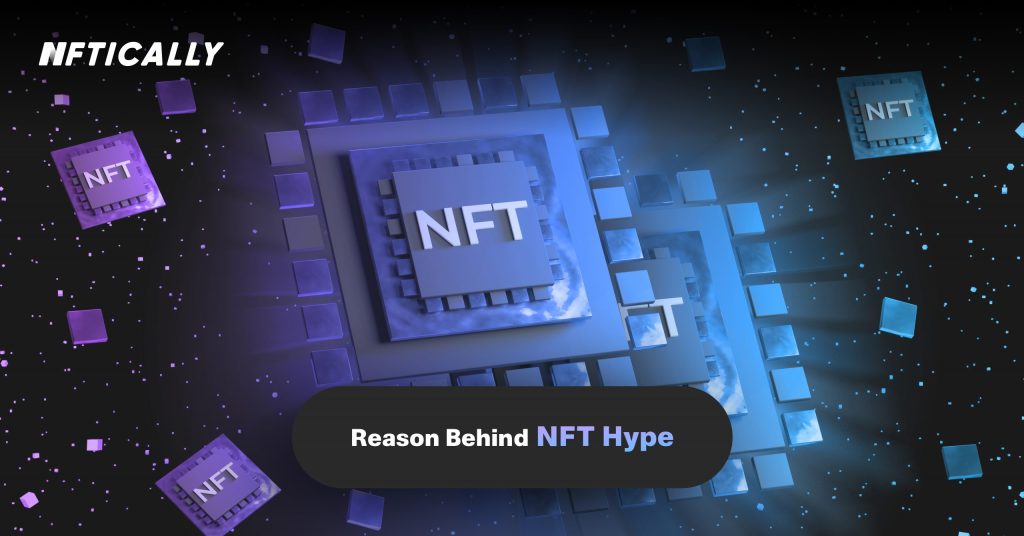
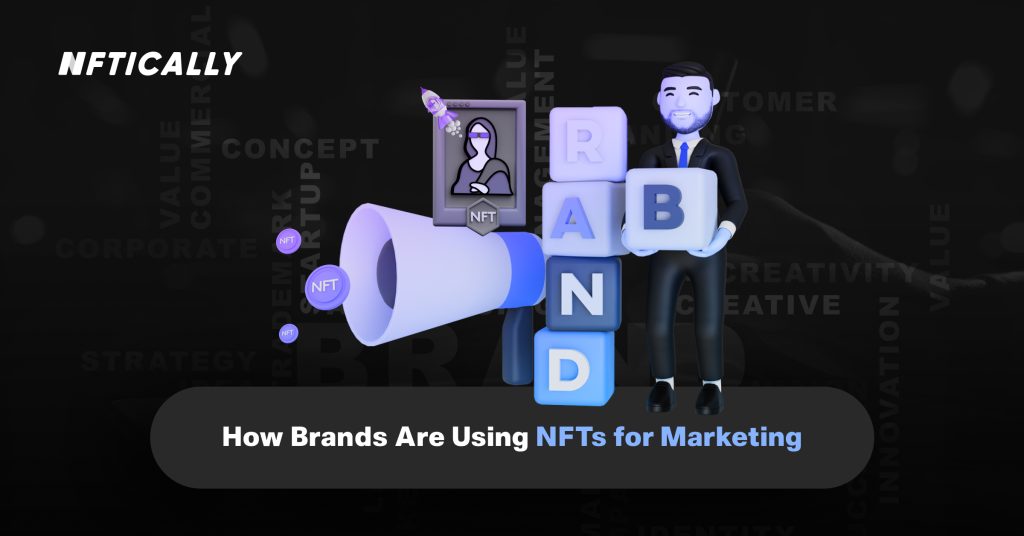
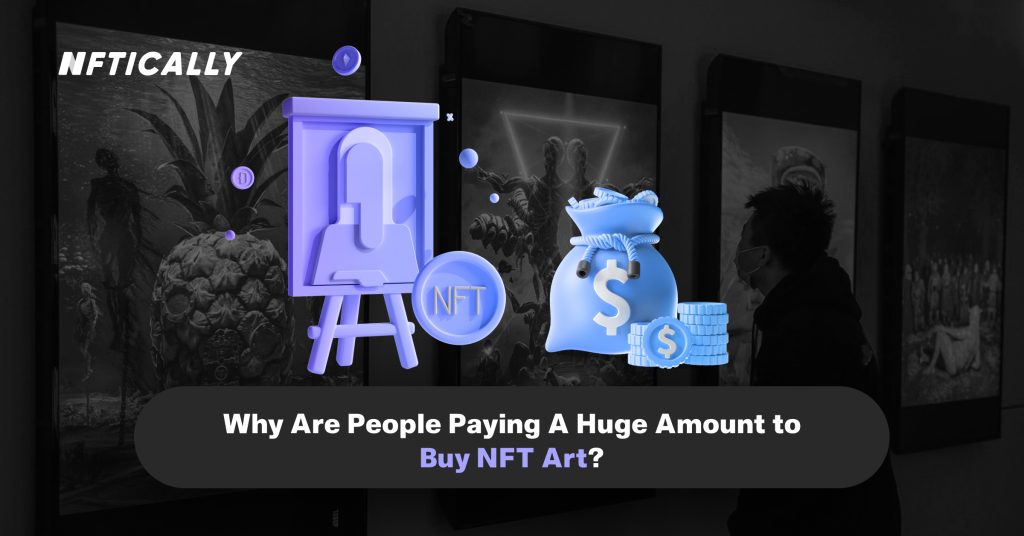
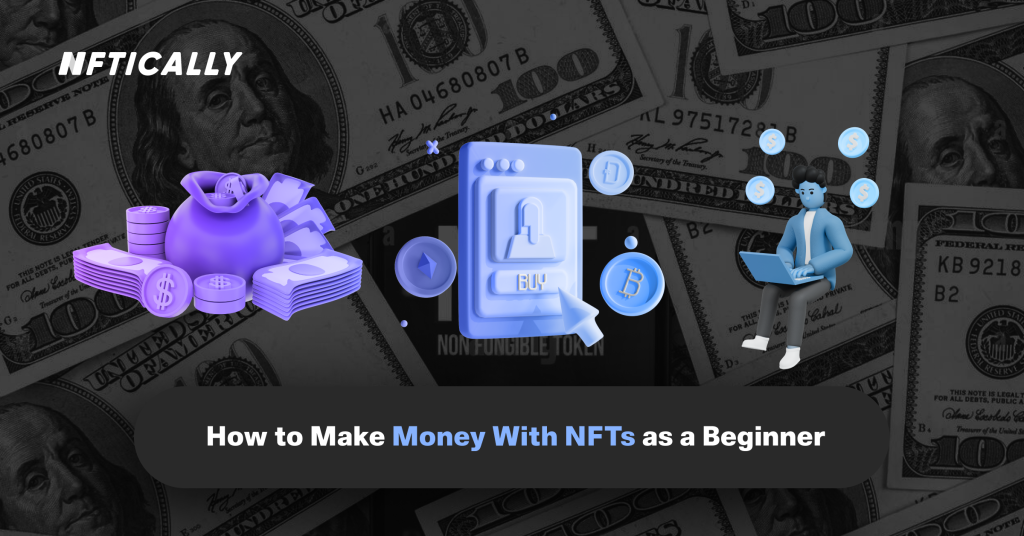
Responses